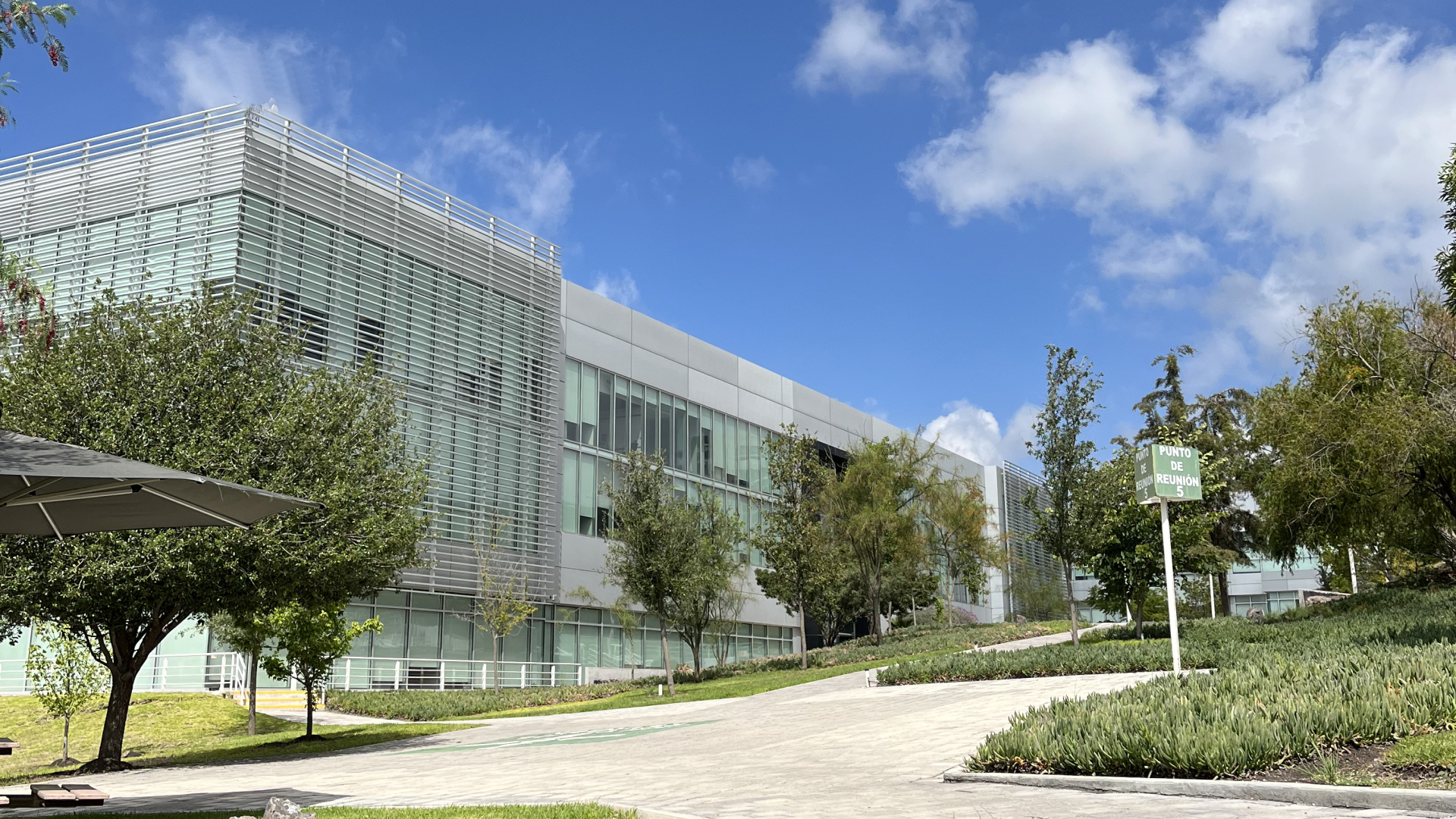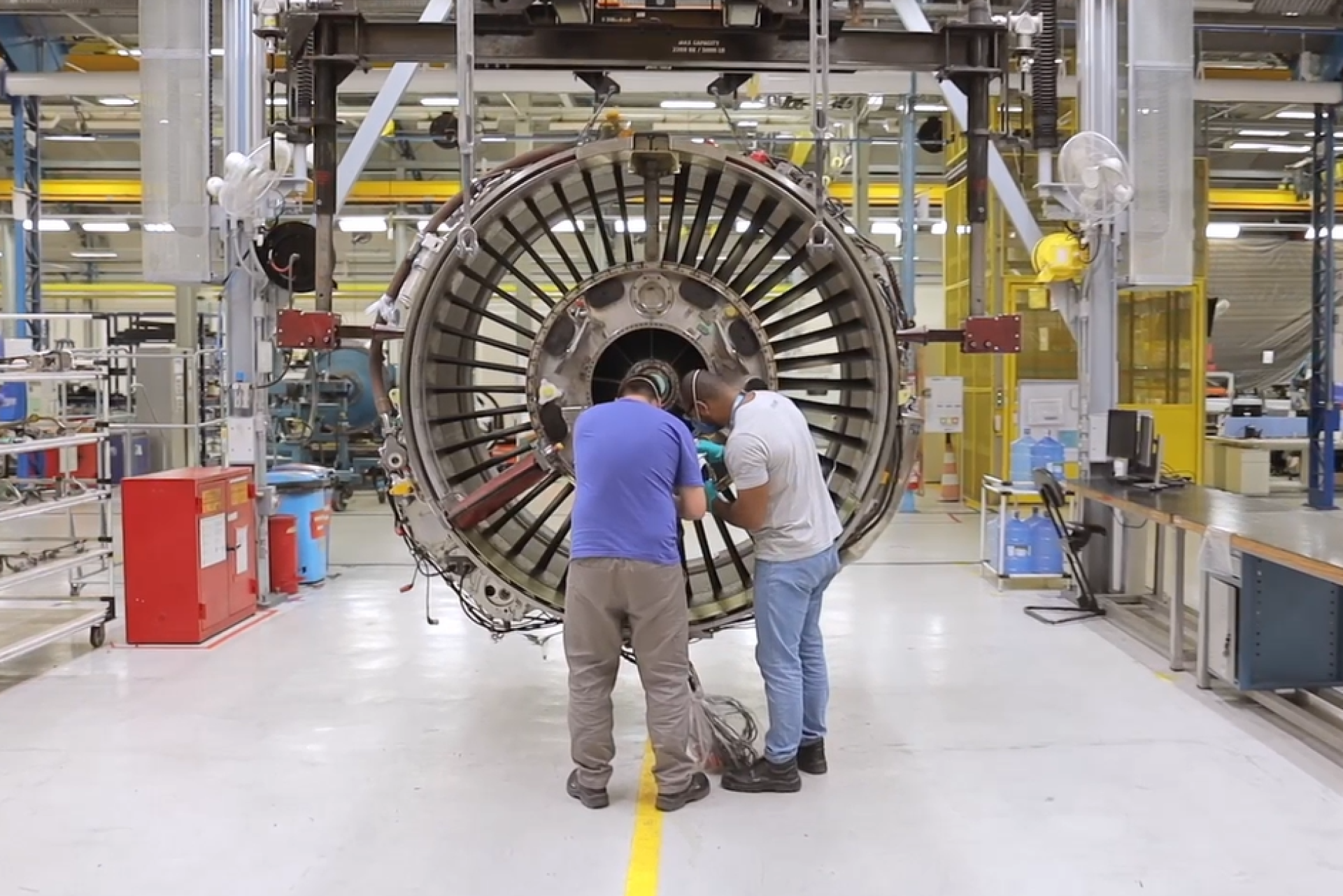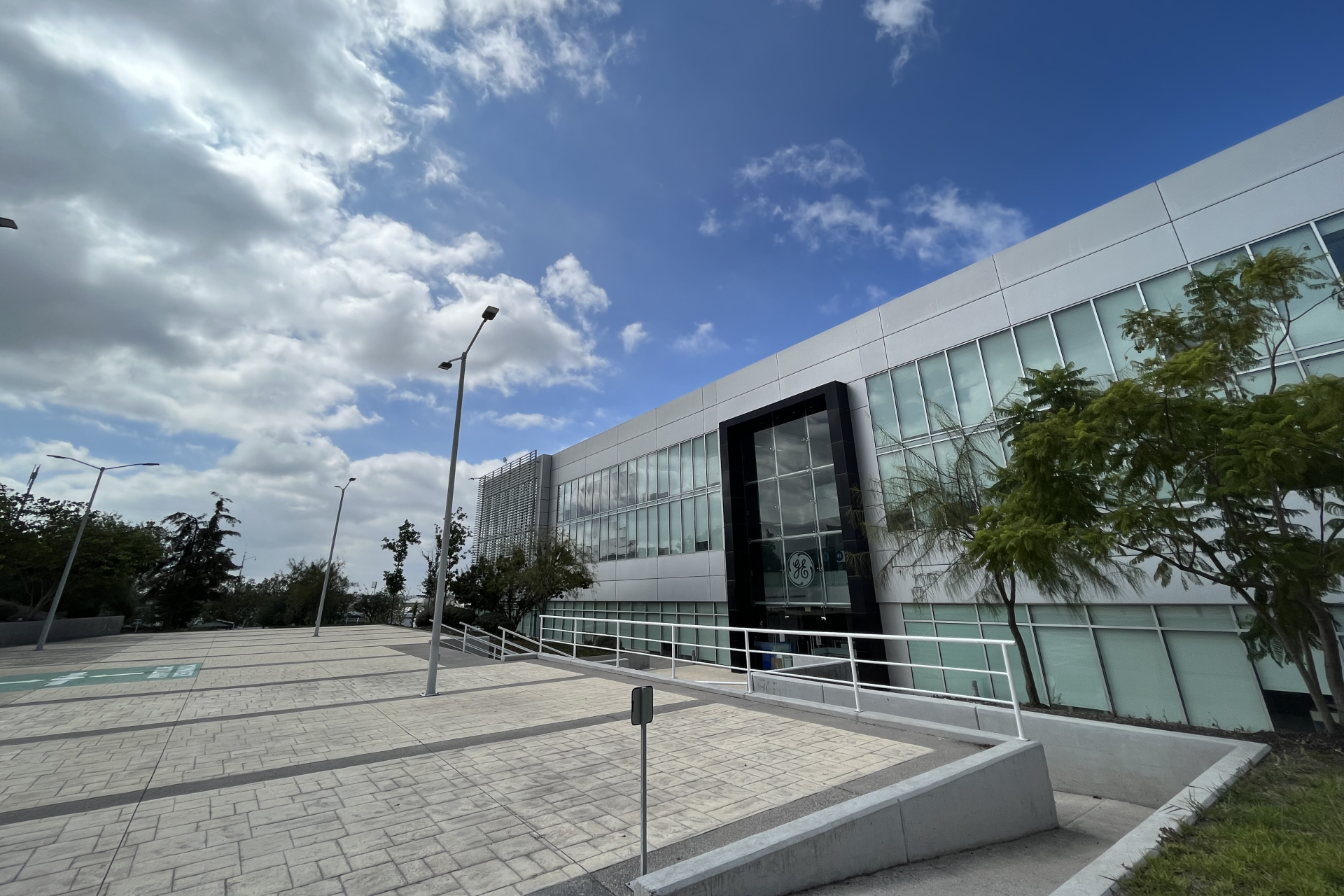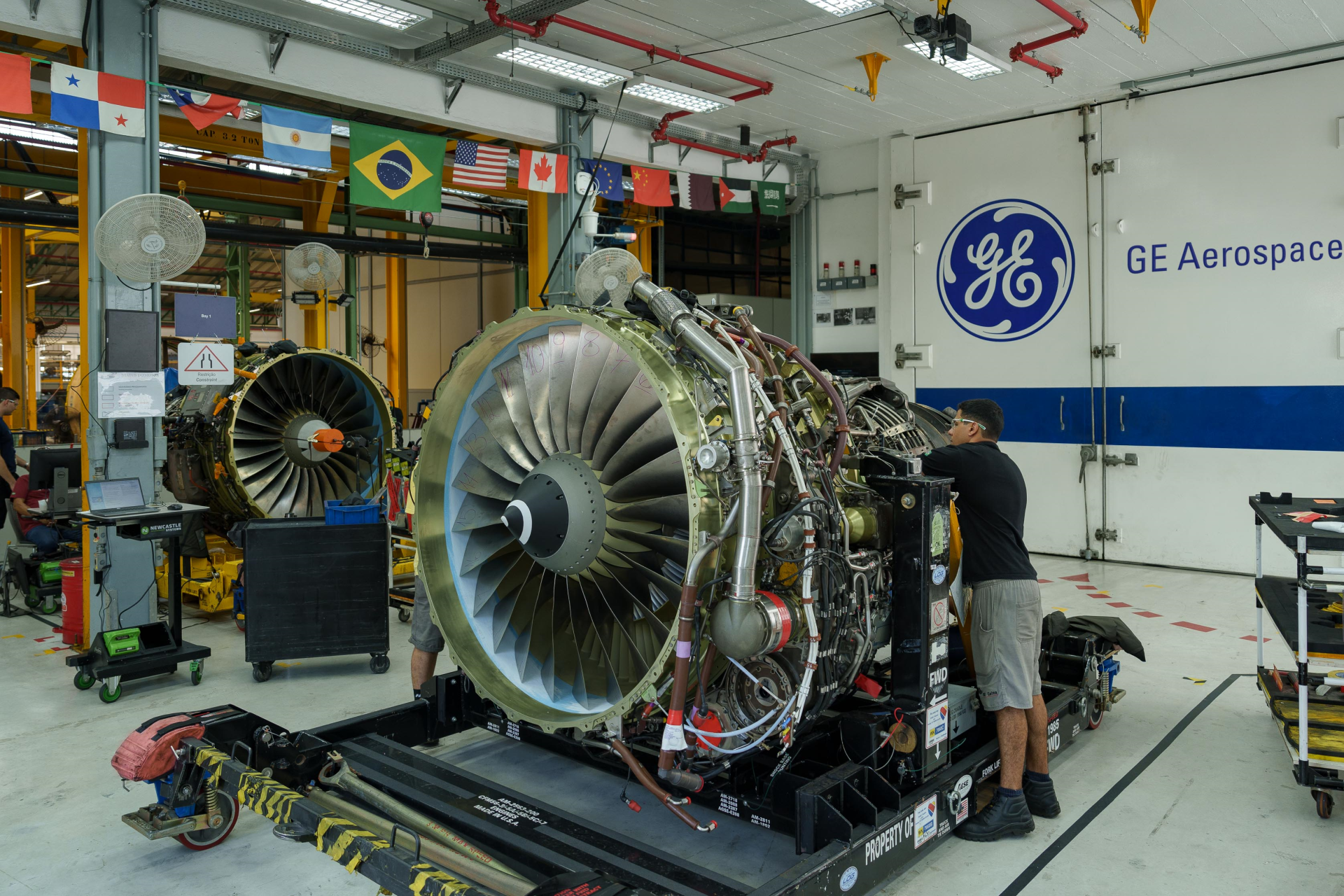GE Aerospace Querétaro

Our Engineering Center in Querétaro has expanded its expertise to support various domains, including AED, Defense & Systems, Unison, and Digital. At the core of our operations are skilled engineers working together to shape the future of flight.
In 2006, GE Aerospace took a significant step forward with its first major project in Querétaro: adapting an aeroderivative engine for ferry propulsion. This marked the transition from a support team to a group of developers capable of leading and executing highly complex projects.
In the Defense & Systems and Avionics sectors, our team specializes in integrated modular avionics, flight management systems, and data recorders. In the Electrical Power domain, we focus on cutting-edge power distribution systems, controllers, and converters. Within AED, our team contributes across five key areas, including CF34 regional engines, business aviation, configurations, controls, performance, and providing support across the Latin American region.
Through collaborations with government entities, universities, and research institutions, we’ve established advanced lab capabilities in Querétaro, further enhancing our ability to drive innovation and develop next-generation aerospace solutions.
Commencement of operations: 2011
The Power Electronics Lab designs energy generation, conversion, and distribution systems, focusing on creating more efficient and safer solutions in both software and hardware.
Commencement of operations: 2014
The Connected Aircraft Lab provides teams with hardware for informal testing, enabling software development, validation, and verification of ongoing programs.
Commencement of operations: 2014
The Avionics Lab supports the design, development, and verification of flight computers, data recorders, communication switches, and aircraft monitoring and control systems.
Commencement of operations: 2015
The Unison Harness Lab trains engineers in constructing electrical components, guiding them through the development and certification processes.
Commencement of operations: 2016
The Simulation Lab develops tools and applications to support the creation of new software and hardware for aircraft.
Commencement of operations: 2017
The Vibration Lab tests the reliability and quality of aircraft parts to ensure compliance with Federal Aviation Administration (FAA) standards.
Commencement of operations: 2008
FTS simulates and validates the software used in FADEC boxes that control aircraft engines.
Commencement of operations: 2018
AMC specializes in additive manufacturing services using metal and polymers, creating rapid prototypes through design, printing, and post-processing.
Commencement of operations: 2022 (ITAS); 2024 (GE Aerospace Components Test Facility)
These labs focus on developing technologies to enable the use of sustainable aviation fuels (SAFs) in aircraft.
Commencement of operations: 2020 (AVEOX); 2022 (ITS)
The ITS Lab integrates electronic systems and aircraft mechanics to conduct comprehensive testing. Engineers in these labs specialize in integrating test systems.
GE Aerospace’s Engineering Center in Querétaro is a leader in advancing regional aviation technology. At the core of its innovation is the CF34 engine, engineered to optimize efficiency for regional flights of up to 120 passengers on four-hour journeys. The center’s team also develops real-time control systems that monitor engine components, ensuring both performance and passenger safety.
Beyond the engine itself, the center designs essential external configurations, including cables, sensors, and harnesses, which seamlessly connect components to control systems for continuous monitoring. Engineers also focus on enhancing flight performance by analyzing factors like temperature, vibration, and fuel composition. Additionally, the center plays a vital role in regional support, creating maintenance and improvement processes that ensure top-tier service for Latin American customers.


